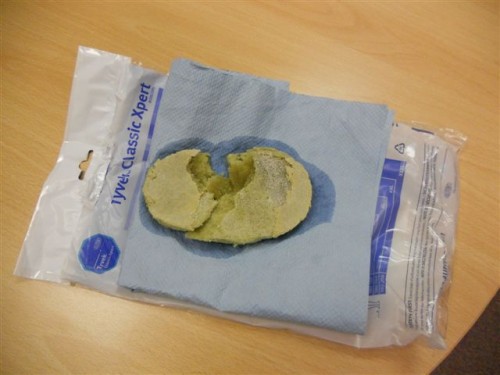Do you want to be informed on new Posts on this Thread? (members only)
| S&S Swan General - Countermoulds in the engine and keel area |
|---|
|
Join Date: 23 October 2011
Posts: 150 |
||
|---|---|---|
|
Countermoulds in the engine and keel area |
|
Join Date: 02 January 2008
Posts: 1547 |
||
|---|---|---|
|
Dear Matteo
|
|
Join Date: 23 October 2011
Posts: 150 |
||
|---|---|---|
|
Dear Lars, |
|
Join Date: 28 July 2008
Posts: 79 |
||
|---|---|---|
|
|
|
Join Date: 06 January 2012
Posts: 67 |
||
|---|---|---|
|
Hi, at least in CAID (431-12) the foam used is very hard 2 component stuff. With the word "hard" I mean exactly that it is not soft by any means (like the usual 1-component urethane foam from the local hardwarestore).
|
|
Join Date: 30 January 2007
Posts: 461 |
||
|---|---|---|
|
Excerpt from a technical document: Open-cell foam is soft - like a cushion or the packaging material molded inside a plastic bag to fit a fragile object being shipped. ... This makes the foam soft or weak, as if it were made of broken balloons or soft toy rubber balls. ... Both types of foam are commonly used in most building applications. Some are inappropriate in specific applications. For example, you typically would not use open-cell foam where it could absorb water... Do you really believe that Nautors supervised by S&S could have used open cell foam for building a boat? Daniel, 411/004 |
|
Join Date: 28 July 2008
Posts: 79 |
||
|---|---|---|
|
Sorry, my mistake; what I meant to say was...
Whatever foam was used, it does and can absorb water. Tiderace sat for a week in a heated shed with heat laps trying to dry our one of the longitudinal stringers that was saturated. In the end we ground more hull laminate off, dug out and replaced some of the foam former. The foam we dug out was soaked! So not that much "closed cell" !!! (I have some pictures somewhere. I'll see if I can find them and upload them. |
|
Join Date: 02 January 2008
Posts: 1547 |
||
|---|---|---|
|
Dear Matteo et al
|
|
Join Date: 30 January 2007
Posts: 461 |
||
|---|---|---|
|
Oh well... sorry, my mistake!!!! |
|
Join Date: 23 October 2011
Posts: 150 |
||
|---|---|---|
|
Remember, men, that we are dust and unto dust we will revert... |
|
Join Date: 28 July 2008
Posts: 79 |
||
|---|---|---|
|
Just found the pictures I was after.
 wet wet foam  |
- Threads : 1701
- Posts : 10215
- Members: 820
- Online Members: 1

